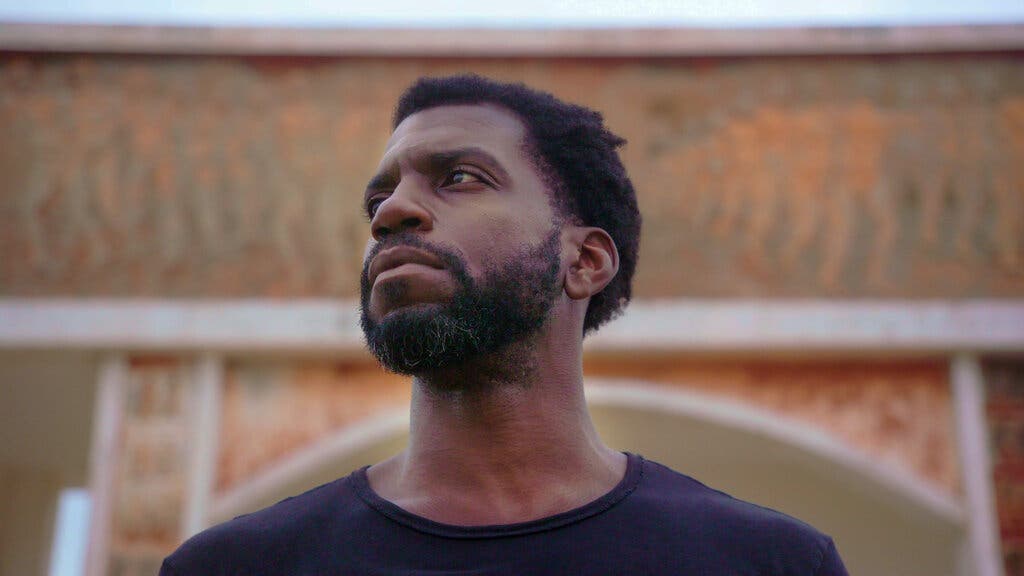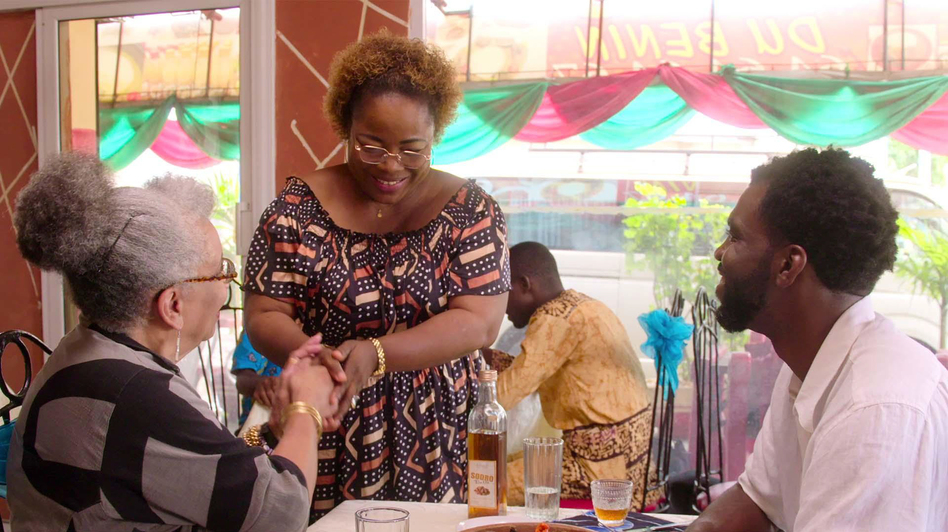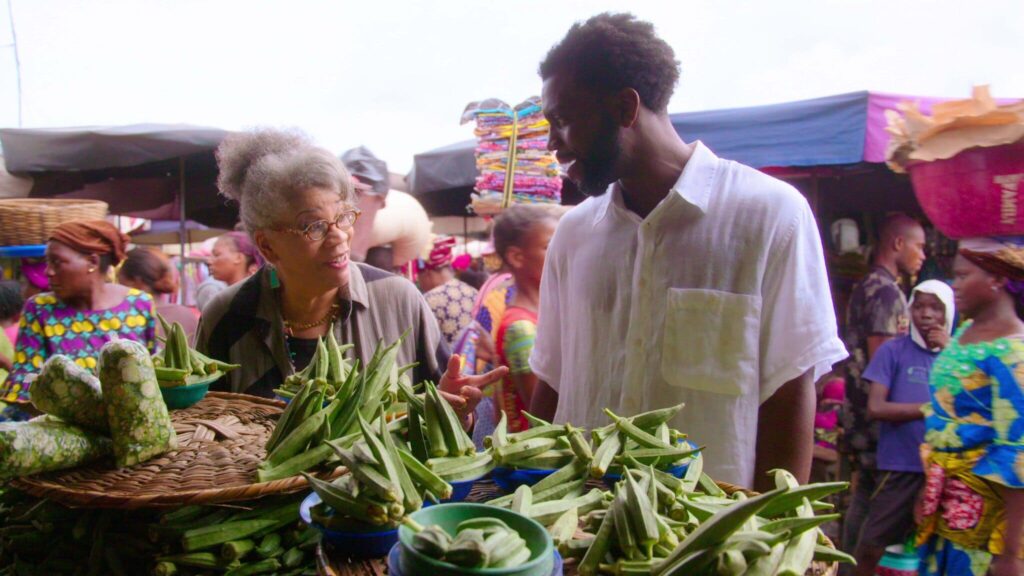For us to begin to understand where we come from, we often look back for answers to what makes us more of who we are. We search our origin in the stories of our family members, to the history of books, whats left of our journey is often left up to us to redefine how we will exist in the future as a people. It’s without question that we learn about the delicate makings of our identity to reintroduce connection and meaningful contribution to those who come behind us. Food, culture and history are at the intersection of our greatest findings and in many ways the start of our story to create more Black-led narratives.
In many ways our traditions have been forgotten or passed along with the people that come before us, leaving us wondering where do we go for answers? Having more spaces where our stories exist offer us more then just community and guidance, but a reverence for what we have overcome and the daring future that we hold before us. Our capacity to remain resilient is only the tip of the ice burg when it comes to our place in the world. Leaving us with more options and spaces to call home.
“High on the Hog: How African American Cuisine Transformed America“ originally released in May of 2021, as a tribute to African Americans and their food traditions. Hosted by food writer and Whetstone Media founder, Stephen Satterfield, he traces the delicious, moving throughlines from Africa to Texas in this docuseries. Based on historian and profile cookbook author Dr.Jessica B. Harris, “High on the Hog: A Culinary Journey from Africa to America.” This four-episode Netflix show was produced and crafted by a Black creative team. Executive produced by Fabienne Toback and Karis Jagger, Roger Ross Williams was the primary director of the series, along with Yoruba Richen and Jonathan Clasberry.

Stephen Satterfield, the host of “High on the Hog,” standing at the Gate of No Return in Ouidah, Benin, where enslaved people were forced onto boats for the trans-Atlantic journey. The series begins in Benin, with Mr. Satterfield exploring the roots of Black American food. | Netflix
The history behind the phrase high on the hog runs deep. Often it was recognized as the best meat from pork, said to be from its back and upper legs. Anyone who was wealthy could eat the high parts of the hog, while the scraps of it’s remains we’re given to our people. At the core of this series we witness the power of our influence and the determination of black life, one may think this was just a series about African food and its pathways to America. To me I see the rise of our impact and the purposeful meaning of our depicted stories. This is by far the beginning of our reconnection to our truth, driven by our need to belong and therefore live freely out loud, this series is an opportunity of reclamation.

Eric Kiki leads Stephen Satterfield on a boat tour through Ganvié, a lake village in Benin, Africa | Netflix
To truly understand us as a people and the purpose of our food traditions, you have to revisit the times that have shaped us and speak with the griot’s who were effected at the forefront of this experience. This series offers many of us an exchange of history and a unique way of interrupting our greatest form of celebration, the act of gathering.
“I think a lot about food. How it connects us through time, across geography, from generation to generation. It tells stories about where we’ve been, where we are, and where we’re going.” Mr. Satterfield says in the first episode, “Our Roots”. The ingenuity of this series covers those who today are preserving our foods and the story of those who came before us. A collection of our connection to history and it’s place in time. The series opens with a trip to Benin, the hub for the transatlantic slave trade and the starting place for answers.

Beninese chef and cookbook author Valerie Vinakpon, center, is coming up with novel ways to present her country's fare, hoping to get people excited about Beninese cooking. Above, she talks to High On The Hog co-hosts Jessica B. Harris, left, and Stephen Satterfield, right, at her restaurant Saveurs du Benin. | Netflix
Dan-Tokpa Market , the largest open-air market in West Africa. With over 20 acres of fresh produce complimented by the familiar sounds of people, taxis’s and bikes, this is the landing place for the most potent smells and colors of Benin. It’s within this space that Dr. Harris and Stephen highlight the difference between a yam and a sweet potato. This market signifies the center of where we once called home, where everything we once celebrated about our culture began. Where rice was brought over to North America and grown to make the Carolina’s what it is today. Saveurs Du Benin, a restaurant owned by Beninese chef and cookbook author Valerie Vinakpon shared the importance of keeping the tradition of Benin alive through the use of traditional dishes. At her restaurant they made an intentional decision to only serve traditional and authentic dishes due to the pattern of their recipes disappearing. “If we don’t showcase what we can do, who will?,” Vinakpon says. Benin holds the ways of a traditional path but also honor and embrace the new creativity of the next generation. Food blogger Karelle Vignon-Vullierme takes a different approach to honoring the food of Benin by sharing the stories of Benin food while keeping the heartbeat of its originality intact. For Vullierme it’s about integrity, these are the stories that should be talked about, the experience that shouldn’t be forgotten, what more has to be done to make sure they exist into the next generation of black people.
High on the Hog highlights the journey of African foods and how our culture gave faith to what our people and food had the power to become. As Stephen explored South Carolina, he was introduced to Chef Bill and Mrs. Sara Green of Gullah Grub Restaurant and chef, author, and historian Sallie Ann Robinson,the legendary keepers of Gullah heritage.




